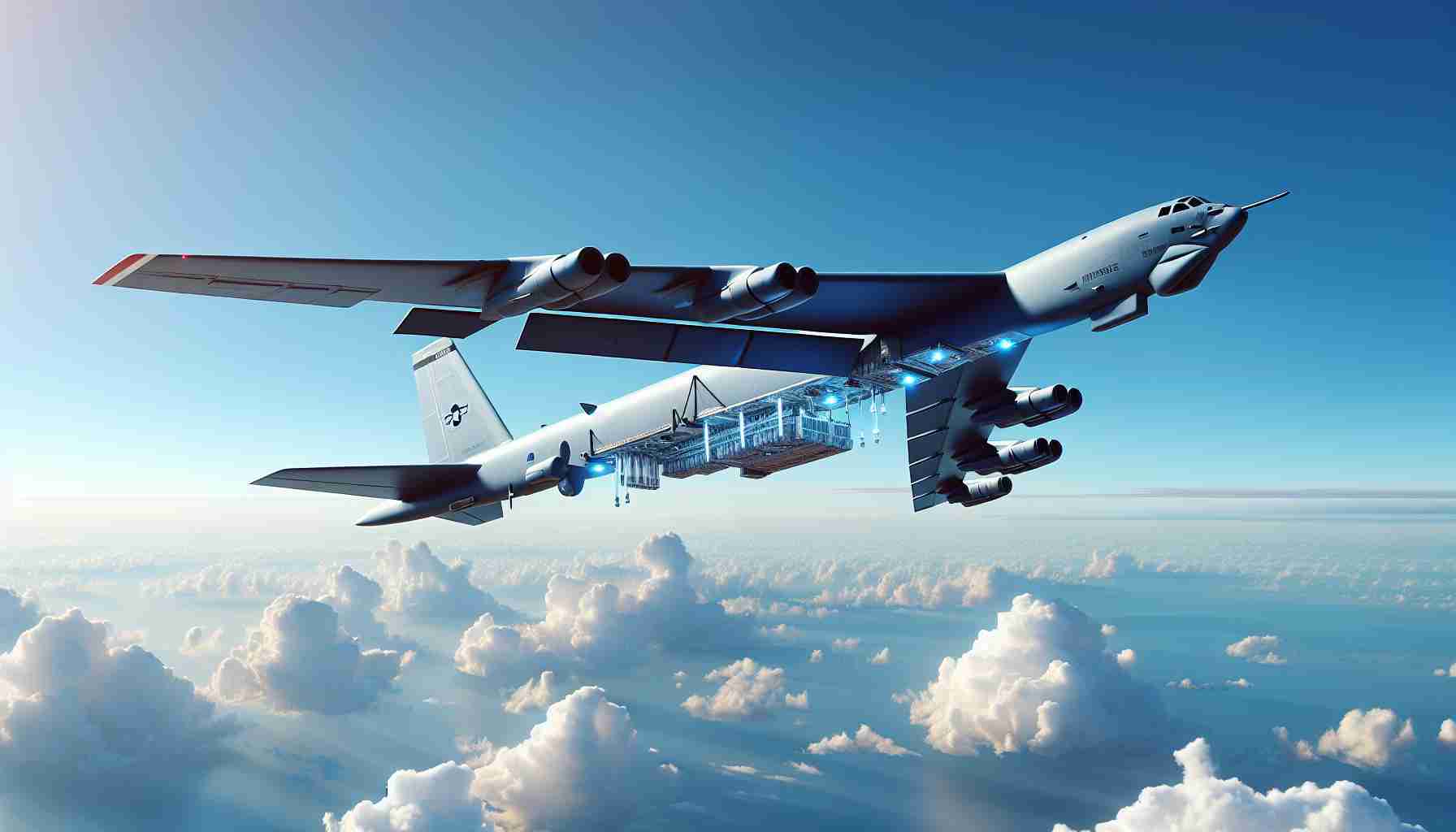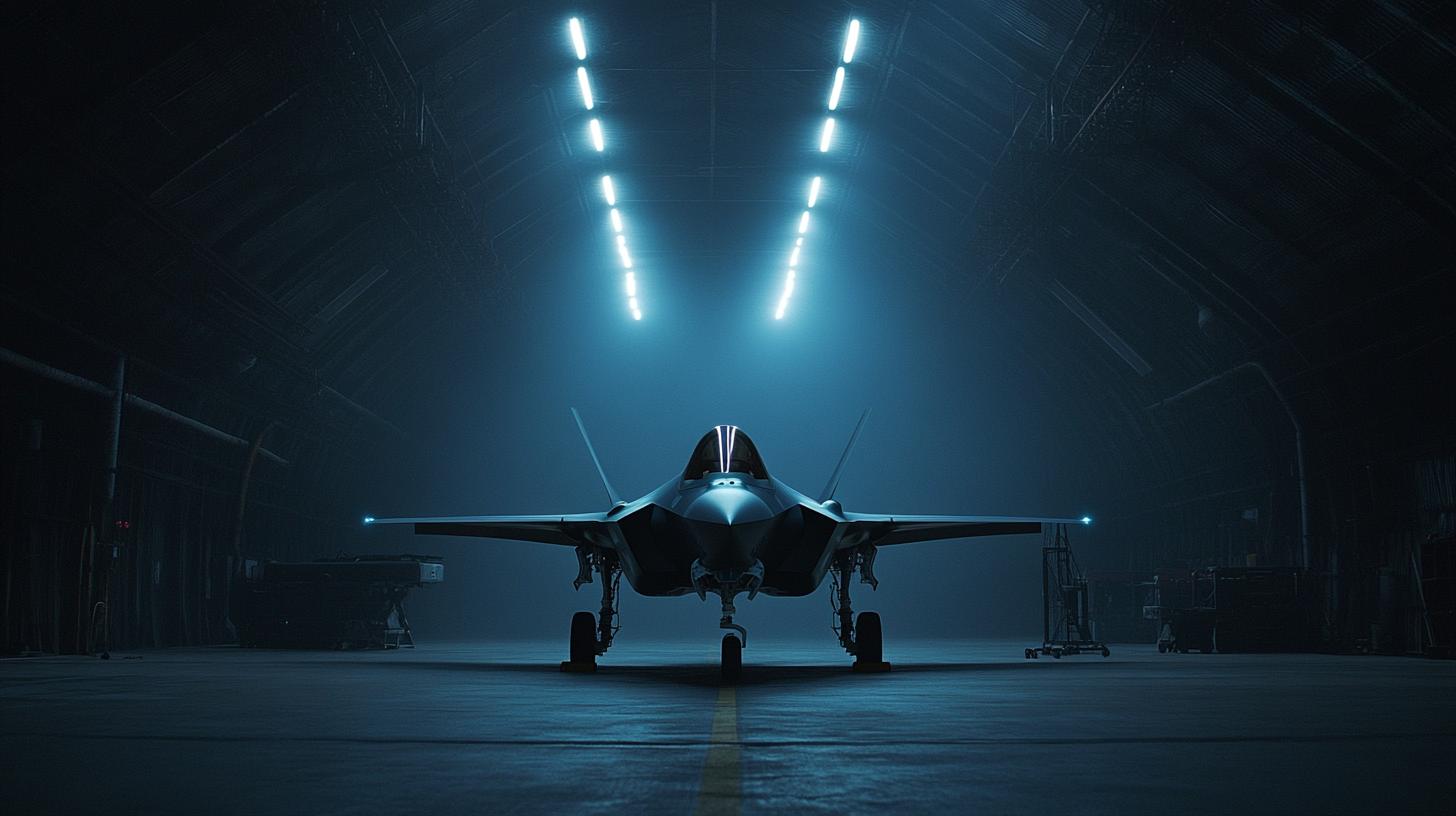The legendary B-52 Stratofortress, a cornerstone of American air power since the 1950s, is undergoing a remarkable transformation. This enduring icon of American might is set to fly well into the 2050s, thanks to a series of cutting-edge upgrades that are pushing the boundaries of what this venerable airframe can achieve.
Emerging technologies are at the heart of this overhaul, ensuring the B-52 remains a formidable force in the skies. One of the most significant updates is the integration of modern radar systems, which will increase situational awareness and target acquisition capabilities. These advanced radars are designed to be more efficient and require less maintenance, reducing downtime and operational costs.
Additionally, the B-52 is being fitted with new Rolls-Royce F130 engines, which promise to improve fuel efficiency and reliability. This engine upgrade is expected to significantly extend the range of the aircraft, allowing it to fly longer missions without refueling.
A major focus of the updates is on digital modernization. The B-52’s systems are being upgraded with state-of-the-art digital avionics, enhancing communication and processing capabilities. This will not only improve pilot decision-making but also allow seamless integration with other modern aircraft in joint operations.
These upgrades ensure the B-52 Stratofortress remains a linchpin of strategic air power well into the future, adapting to new defense technologies and tactics while maintaining its iconic presence in the U.S. Air Force arsenal. As the aircraft evolves, its legacy as a symbol of endurance and strength is set to continue for decades to come.
The B-52: Unlikely Champion of Long-Term Air Dominance
While the B-52 Stratofortress receives its much-publicized upgrades, the aircraft’s prolonged service life sparks significant debate and curiosity about its international implications. As a paradigm of longevity in military aviation, the B-52’s transformation impacts global geopolitical dynamics and stirs reflection on resource allocation in defense budgets.
How does the B-52’s extended service affect international relations? The aircraft is not only a display of technological innovation but also a potent diplomatic tool. Its ability to project power across vast distances supports U.S. strategic objectives, influencing both allies and potential adversaries. Countries like Russia and China, investing heavily in hypersonic weaponry and stealth aircraft, may shift strategies in response to the B-52’s continued presence.
Impact on defense economics: Despite its advantages, the financial implications of maintaining this aircraft are non-trivial. Critics question if extending the life of a 70-year-old design is rational in an economic sense, potentially diverting funds from newer technology that could offer superior capabilities.
Advantages versus disadvantages: The B-52’s durability and adaptability serve as a testament to its design, providing a cost-effective bridge until emerging technologies mature. However, relying on upgrades rather than new investments risks strategic stagnation.
Public opinion and cultural significance: As a symbol of enduring American air power, the B-52 captivates public and cultural attention, inspiring documentaries and films. Yet, it prompts questions about the military’s reliance on legacy systems.
For more on defense innovation and strategic developments, visit Defense.gov.






















